What is HIV, and how does it affect the body
HIV is a virus that slowly breaks down your immune system. It targets something called CD4 cells, which are the cells that help your body fight off infection. When HIV keeps attacking those cells, your immune system starts to weaken.
At first, your body can still handle things. But over time, if the virus isn’t treated, even small infections can become serious. Cuts don’t heal as fast. Colds hang around longer. Eventually, your body just can’t keep up.
You won’t feel it right away. That’s the dangerous part. It works quietly at first, then gets worse when you’re not expecting it.
The difference between HIV and AIDS
A lot of people mix these up, but they’re not the same thing. HIV is the virus. AIDS is what happens if the virus gets bad enough and you don’t treat it.
You can live with HIV for years and still be healthy—especially if you’re on meds. But if the virus keeps going, and your CD4 count drops really low, you become more open to serious infections. That’s when doctors say it’s turned into AIDS.
So, HIV is the early stage, AIDS is the advanced one. But with proper care, people don’t always reach that final stage anymore.
How HIV spreads (and how it doesn’t)
HIV spreads through body fluids like blood, semen, vaginal fluid, rectal fluid, and breast milk.
Most people get HIV from:– Unprotected sex
– Sharing needles
– During birth or breastfeeding (from mother to child)
You can’t get HIV from hugging, sharing food, touching doorknobs, or using the same toilet. It doesn’t spread through sweat or casual contact.
These old myths still cause HIV stigma, which keeps people scared and ashamed, even today.
Early symptoms people might notice
Right after someone gets HIV, they might feel like they’ve caught the flu. This happens in the first few weeks—called the acute stage.
Some common signs:
– Fever
– Body aches
– Tiredness
– Swollen glands
– Acute HIV rash, usually flat and red
– Itchy skin or even HIV hives
– Mouth sores, also known as HIV mouth
HIV rashes in males are sometimes seen on the chest or back. Not everyone gets these signs though. That’s why people can carry HIV without even knowing it.
Stages of HIV and what happens next
There are a few stages. First is the acute stage, with flu-like symptoms. Then, it moves into a chronic phase—the virus is still there, but symptoms fade. This stage can last for years.
If it’s left untreated, the immune system keeps getting weaker. At some point, it leads to AIDS. That’s when you start getting serious infections your body can’t fight off. Even basic illnesses become risky.
Things like HIV urine symptoms or weight loss can show up later on, as the body starts struggling more.
Getting tested and why it matters
To know for sure, you need to get tested. There are a few types:
– Antibody tests
– Antigen/antibody tests
– PCR tests, which look for the virus itself
You can also use a HIV test kit at home. It’s quick and private. If your result says non reactive HIV, that means no sign of the virus was found. But it’s important to test again later if you were exposed recently—because HIV takes time to show up in tests.
Getting tested early helps you take control, instead of waiting until it’s too late.
Is there a cure for HIV
Right now, there’s no full HIV cure. Some people think they’re cured when their viral load is undetectable—but the virus is still there, just controlled.
Researchers are still working on a real cure, and a few rare cases of people being HIV cured have been reported, usually after complicated procedures like bone marrow transplants. But for most, it’s not an option yet.
Still, with the right meds, you can live a full life and keep the virus under control.
How HIV is treated today
Most people with HIV take antiretroviral therapy (ART)—a mix of pills that stop the virus from growing. It keeps your viral load low and helps your immune system stay strong.
ART doesn’t get rid of the virus, but it keeps it in check. Many people who take their meds daily stay healthy and don’t pass the virus to others.
It also prevents the virus from reaching the AIDS stage.
With Sanford Pharmacy, you can get the treatment, support, and tools you need to manage your health. From daily meds to monitoring tools, we’ve got your back.
Living life with HIV
Having HIV means you have to take care of yourself—but life doesn’t stop. You can work, travel, have relationships, and do all the things you love.
Daily meds and checkups are part of the routine, and some people notice changes over time. For example, older treatments caused HIV face changes, like fat loss in the cheeks. Newer meds don’t cause this as much, but body image can still be a struggle for some.
Support helps. Whether it’s family, friends, or others living with HIV—talking it out makes a difference.
How to prevent HIV
You don’t need to live in fear. You just need to be smart.
– Use condoms
– Don’t share needles
– Take PrEP if you’re at high risk
– Use PEP within 72 hours if you think you were exposed
– Get tested regularly
Knowing your status helps you and protects others too. Prevention isn’t just about one person—it’s about community.
Why stigma still exists and how to fight it
Even after all these years, HIV stigma hasn’t gone away. People still believe old myths. They judge others without knowing the facts.
Stigma keeps people quiet. It stops them from getting tested or starting treatment. And that hurts more people in the long run.
We fight stigma with truth. With empathy. With better conversations.
At Sanford Pharmacy, we offer private, respectful care for people at every stage of HIV. No shame, no judgment—just real help that fits real life. Because everyone deserves to feel safe, supported, and seen.



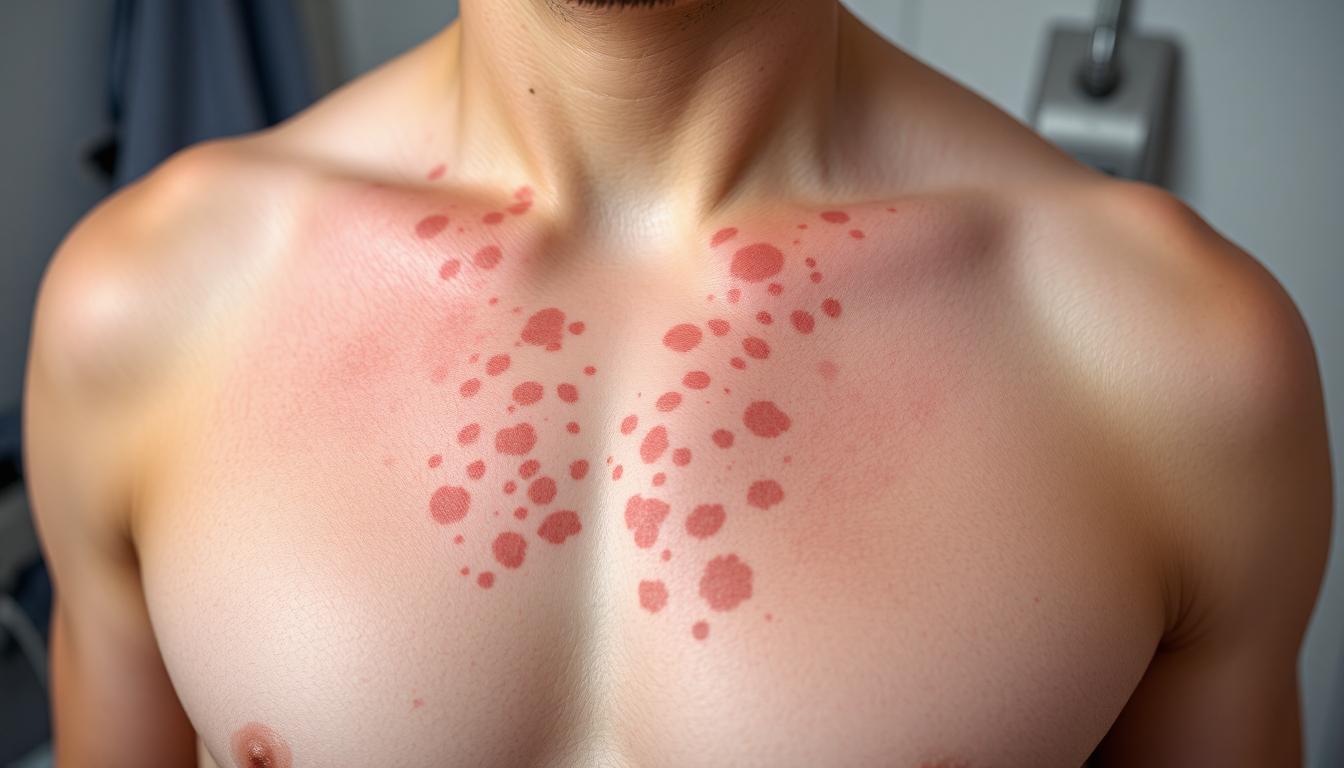

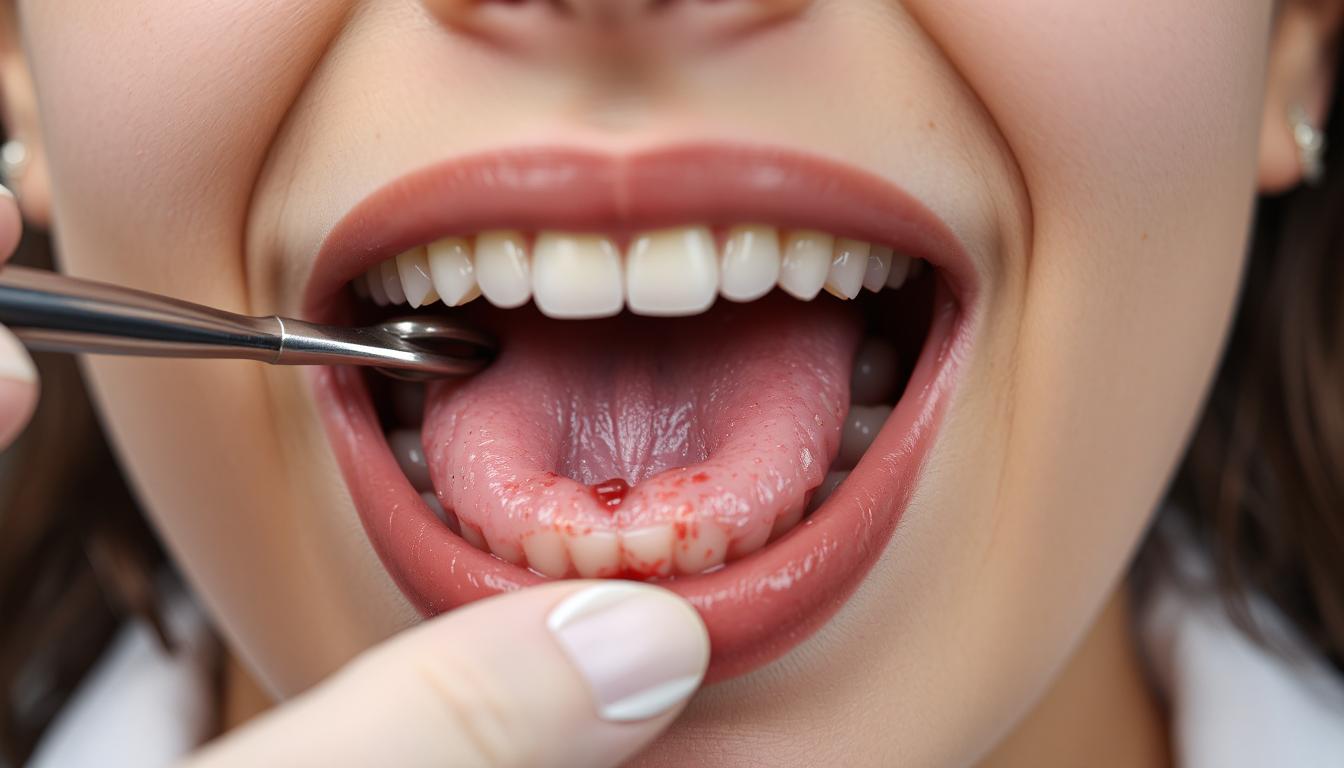
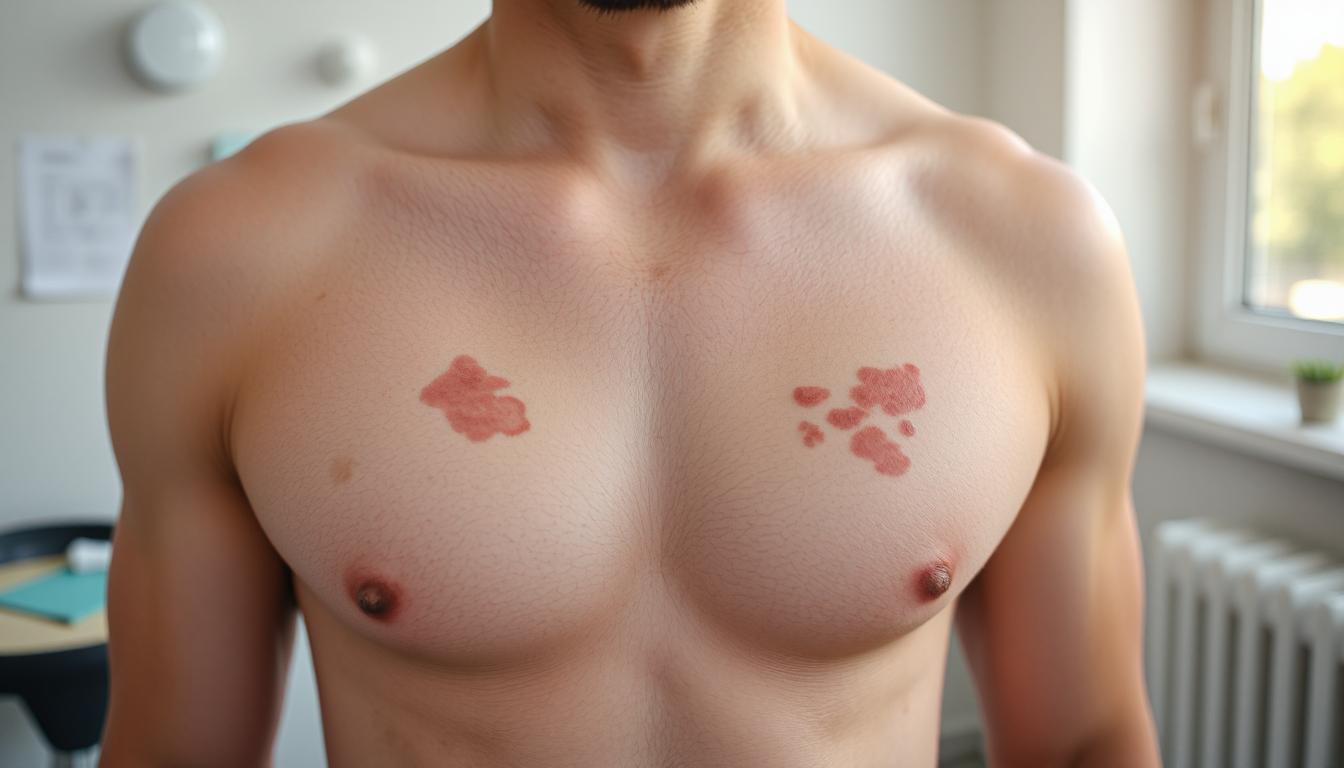









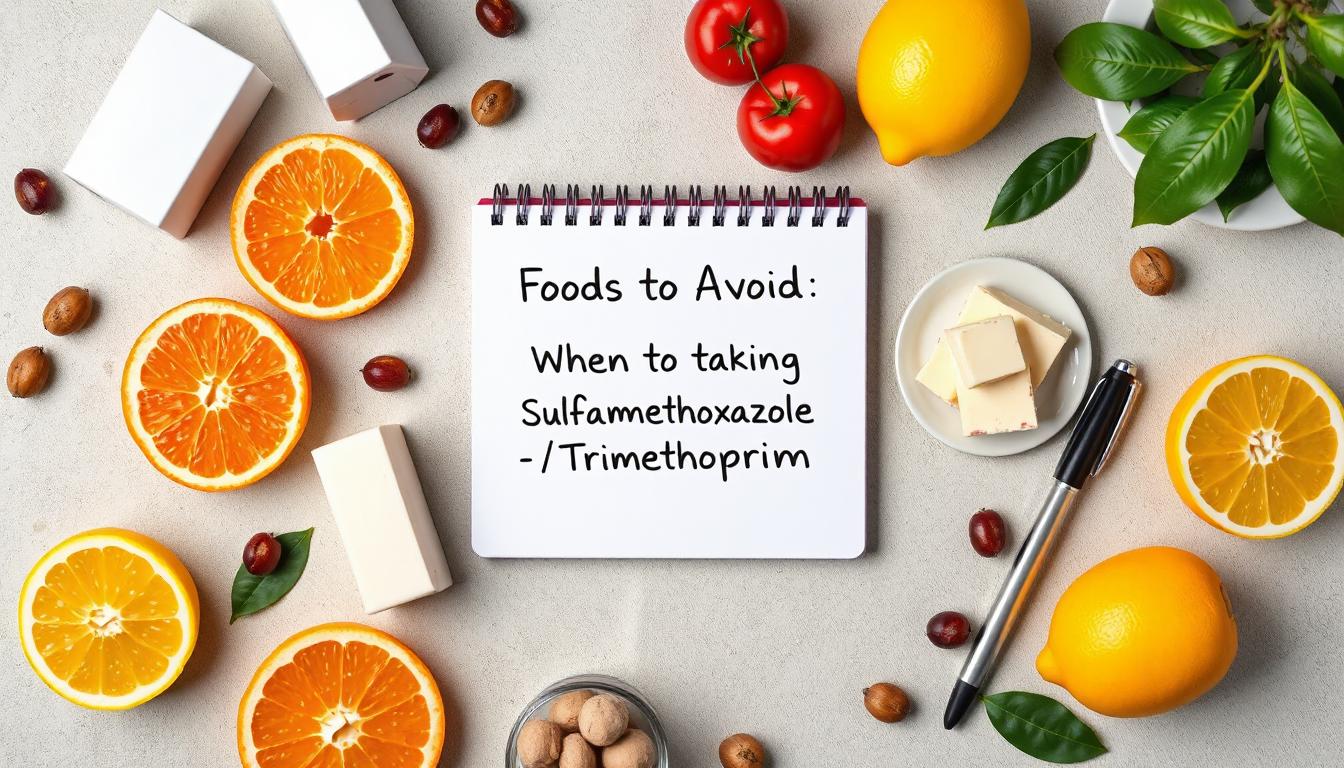

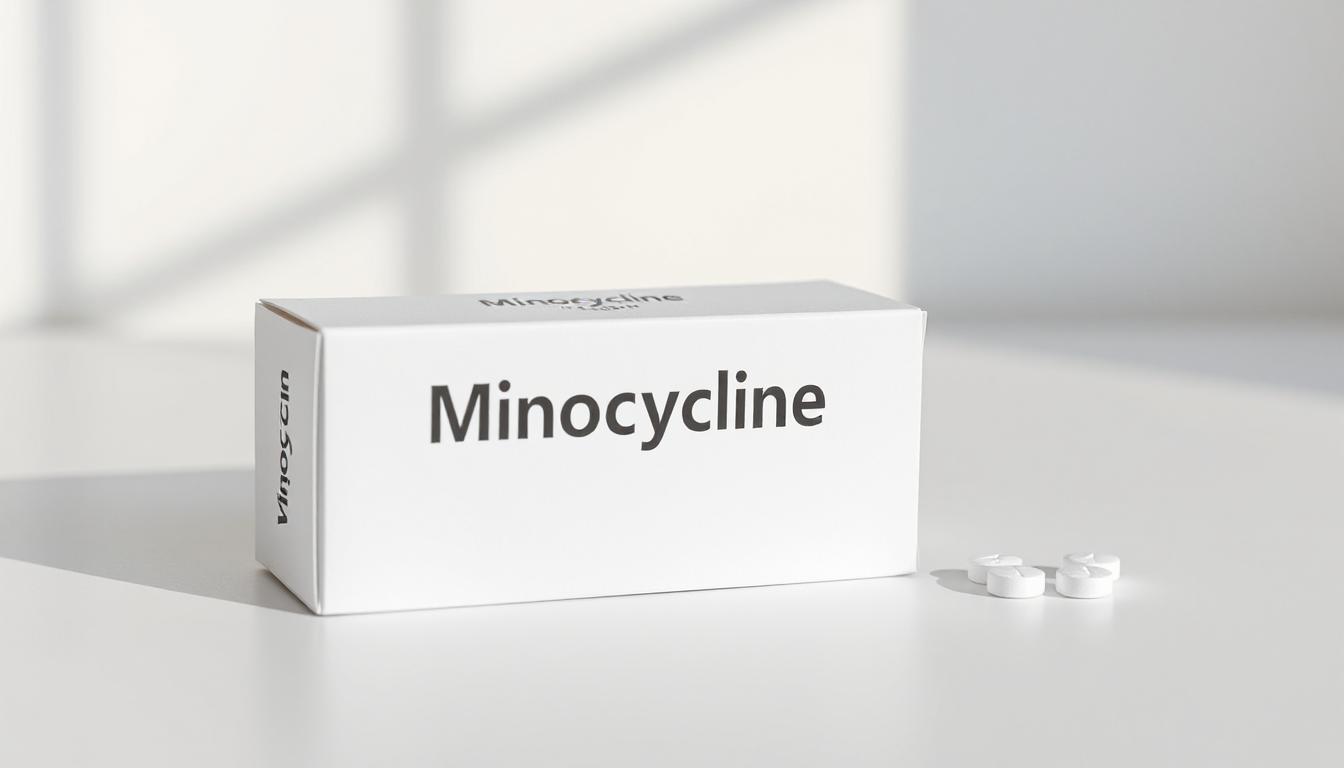
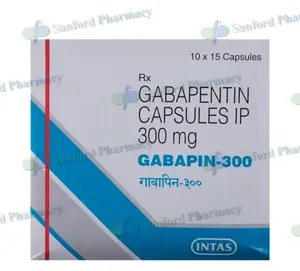
.webp)
.webp)
-(2).webp)
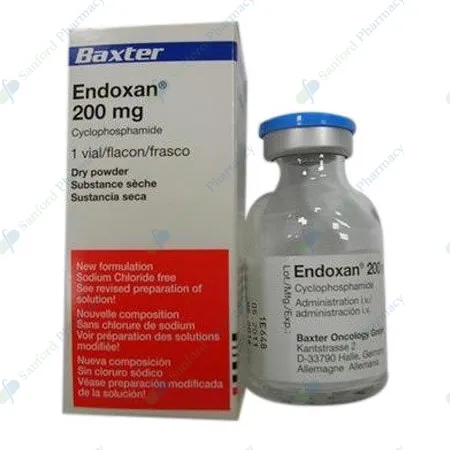
.webp)